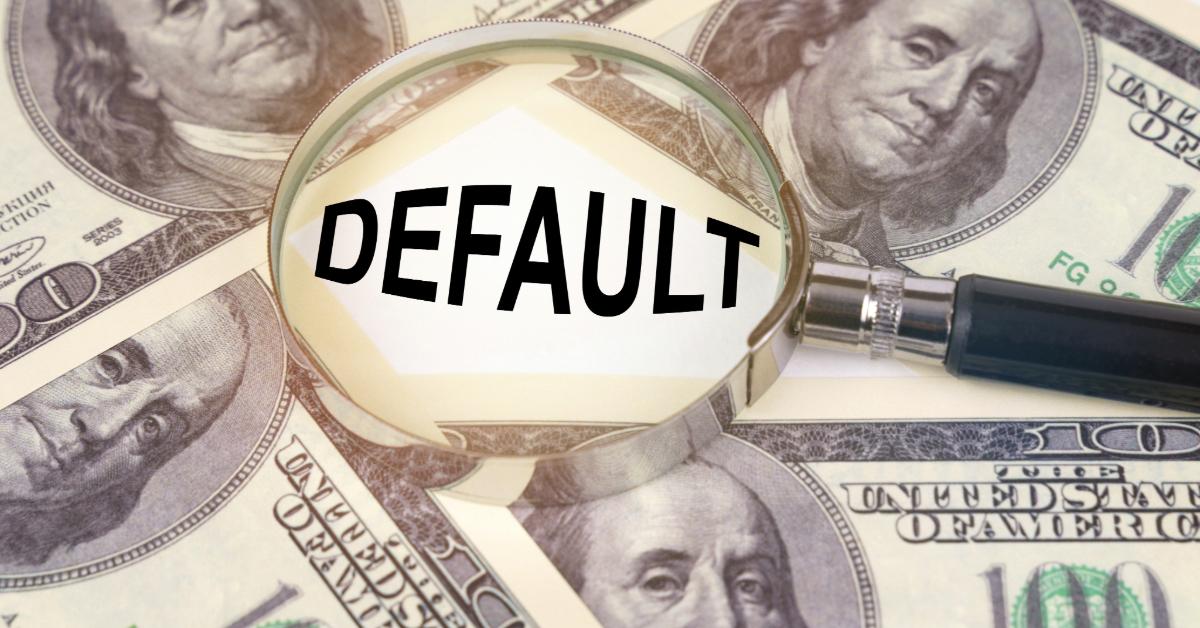
The American bankruptcy show of the twenty-first century continues unabated with federal and state government spending. History reveals that some states have defaulted through not meeting a required bond payment, leaving the bondholders and that state’s taxpayers with a debt problem. Today, we might call a state government bond payment default a bankruptcy.
Many bankruptcy filings today are governed by Chapters 7, 9, 11, and 13 of the United States bankruptcy code, which are supervised, reviewed, and completed by federal bankruptcy courts. Federal bankruptcy law does not allow a state to declare bankruptcy, however. Federal law also prohibits individual states from printing their own money as a way out of debt. Government (state and federal) money issued and backed fully or partially by gold or silver was a solution in the past that would minimize the fiat-backed money problems today.
Fitch, Moody’s, and Standard and Poor’s all provide publicly available bond ratings of a bond issuer’s soundness, which were not available until after 1900. Bond ratings use a letter grade of AAA to D to show the strength or weakness of the bond issuer. The individual bond ratings are consolidated and available to investors for sale in an annual volume that was originally created by John Moody in 1909. A bond’s rating transmits two predictions in investors’ eyes: first, the likelihood a bond will default and, second, the amount of their capital that creditors can expect to recover in that worst-case scenario.
Bond buyers before 1900 possibly used word of mouth, their financial and political connections, or guesses to decide if they should buy a specific bond being issued by a state government for activities such as digging a canal or building a railroad.
Several states declared bond payment defaults on canal and railway debt payments in 1841 that resulted from the Panic of 1837. A Mises Wire article written in April 2009 by Chris E. Horlacher captured the Panic of 1837:
Panic once again hits the United States as foreign banks, particularly from London, begin redeeming banknotes from US banks en masse. This situation had arisen throughout 1835 and 36, when the government was selling off vast tracts of land in order to pay down the national debt. Western banks, whose reputations for gold redemptions were spotty, were loaning vast amounts of funds to private citizens in order to buy the land. Stock prices peaked in mid-1835 and headed downward as inflation began to set in. The government, suspicious that it was being paid in unbacked notes, demanded in 1836 that all land sales be paid for in gold bullion, a decree known as the Specie Circular. By 1837 the bank run was in full tilt as others rushed to convert their notes back into gold.
Gold currency backing was key, and using it keeps a currency valuable and steady over time.
Passage of the Fourteenth Amendment to the US Constitution under section 4 resulted in some states declaring bankruptcy after the Civil War. Arkansas declared a bond payment default in 1933 and was the first state to do so since Reconstruction ended in 1877. The Arkansas history described in an October 2017 Federal Reserve Bank of Cleveland report is helpful.
In 1907, Arkansas legislators allowed counties to set up road improvement districts at the request of local landowners. Later legislation enabled these districts to issue their own bonds—backed by the revenue stream of property taxes and secured by liens on local private property—to fund their road maintenance and construction activities. After the 1920–21 recession, the road improvement districts ran out of money. The state took charge of state highway construction and maintenance and promised to make the payments on the $64 million ($878 million in 2015 dollars) debt as long as state funds were available. The state borrowed an additional $91 million to fund its highway and bridge projects, pledging the highway revenues—from gasoline taxes, license fees, and tolls—as security.
The state defaulted on highway bond payments in 1933 in the fourth year of the Great Depression. State tax revenues plummeted. The state ran out of cash and stopped payments on all its highway bonds. The state attempted to invoke its sovereign immunity and impose losses on bondholders against their will. This approach failed.
The state proposed to consolidate all highway bonds and all other notes and claims against the highway commission, totaling approximately $146 million, into one refunding issue with a 3 percent coupon and twenty-five-year maturity. The 3 percent coupon par bond would have imposed a severe loss on the state’s creditors as the twenty-year, 4 percent coupon New York State Highway Improvement Bonds were yielding 3.75 percent in this period.
The creditors did not like the state’s offer. Arkansas governor Junius Marion Futrell discouraged bondholder lawsuits, saying the state—as a sovereign entity—was immune to such lawsuits. Creditors took advantage of two holes in this immunity argument. First, the restrictions on the jurisdiction of federal courts over states apply to suits brought by individuals but not by other states of the union.
Second, while a state cannot be sued in federal court, a state official can be prevented from taking an illegal action. If the state handled the default in a way that violated the creditors’ rights under the US Constitution, the federal court can issue an injunction to stop a state official from committing an unconstitutional act.
The state agreed to collect $0.65 per gallon in gasoline taxes in 1934 ($1.15 in 2016 dollars; today, Arkansans pay $0.215 per gallon) and gave up its control over the use of its highway-related revenues in the bond default settlement. Of the state’s 1939 revenues, 43 percent were dedicated solely to debt payment and road maintenance. The bondholders were able to reach into the pocket of a sovereign state and dictate how its money would be spent, despite the US constitutional framework.
The Arkansas confrontation provided a sense of how much control creditors might exert on a state’s ability to allocate its limited resources to vital matters such as infrastructure spending, education, and healthcare during a bond default process.



